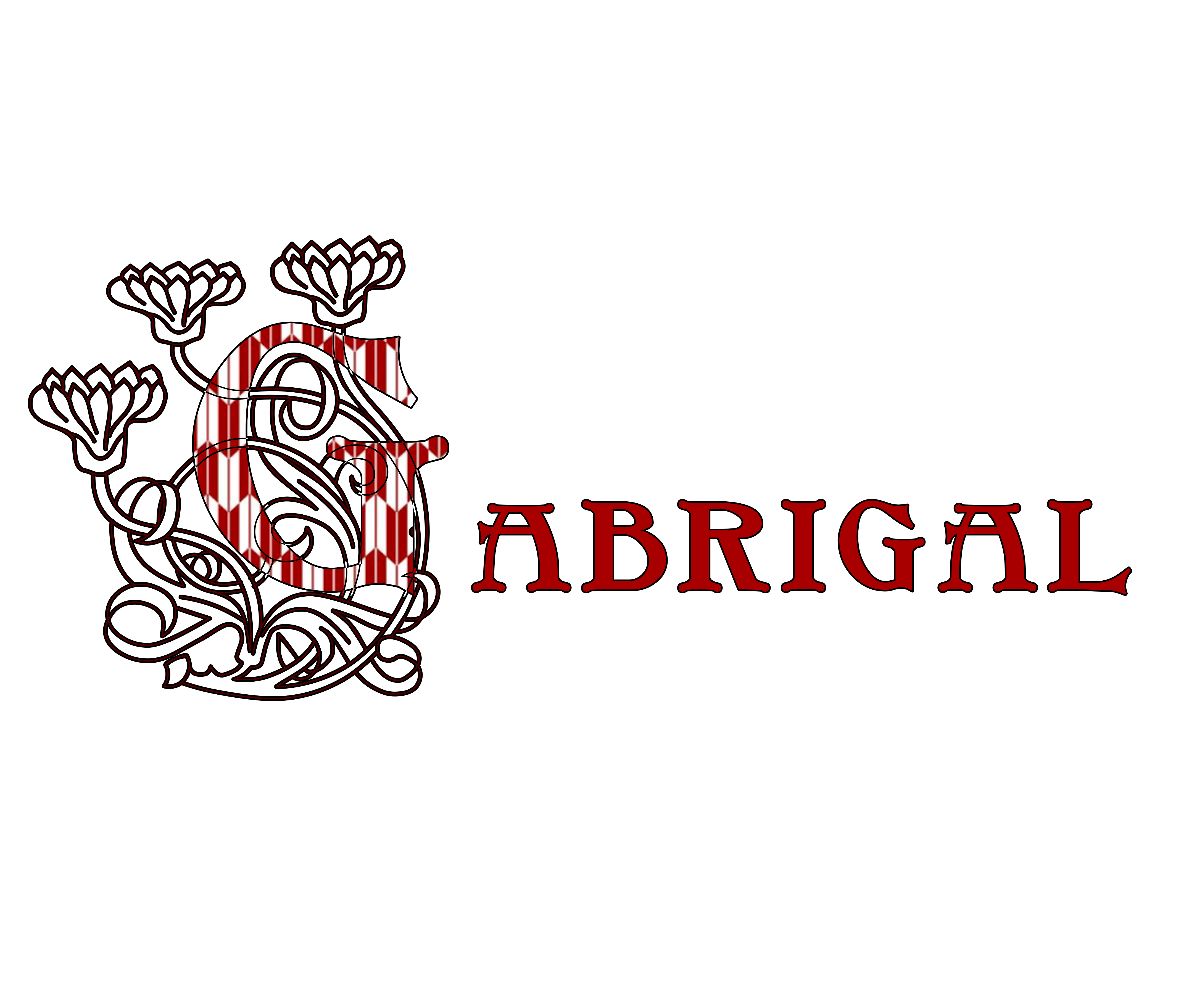Assassin’s Creed, the successful video game series released by Ubisoft, is famous for its historically plausible open-worlds.
Assassin’s Creed II and Assassin’s Creed Brotherhood are set in the Italian Renaissance. Our protagonist, Ezio Auditore da Firenze during the course of his story, becomes lord of Monteriggioni.
In the real world, Monteriggioni is a medieval walled town in the nearby of Siena. It was built by Guelfo da Porcari, between 1213 and 1219. Yes, this is not a joke: the word Porcari reminds the word pork; as a matter of fact, in Italian, porcari means swineherds.
In Assassin’s Creed Brotherhood, January the 1st is the day when Cesare Borgia leads the Papal Army against Monteriggioni. Do you remember when you had to fight with the cannons on the walls of the town in the video game? Yes, that part is epic, and from an historical point of view, is even real! However, it happened twenty-six years later, in 1526. The Papal Army and the Florentine Army besieged the walls of Monteriggioni, but people repulsed the attack.
It is in 1554 that someone betrayed Monteriggioni, just like in Assassin’s Creed Brotherhood. Captain Giovanni Zeti, an ex-Florentine, in order to enter in the graces of Cosimo I de’ Medici, opened a breach in the defensive system and betrayed its own army. The fortress was forced to surrender; the inhabitants were made slaves and brought to Florence. On the contrary, in the video game, the inhabitants escape through a secret passage in Villa Auditore.
Dealing with a secret passage: according to the local rumour, there is an underground gallery that, starting from the well in the main square of Monteriggioni, arrives directly to Siena. The legend says that in this long passage the captain’s spirit, worn out by this unforgivable betrayal, seeks for a peace that he will never find as an eternal prisoner of remorse. Even some inhabitants say that on the nights of the full moon there is a trotting of horses and laments of the same Zeti.
Moving on; Monteriggioni’s walls are very famous. The first to mention them is Dante Alighieri in the Divine Comedy, during the first years of fourteenth century:
«for as, on its round wall, Montereggione
is crowned with towers, so there towered here,
above the bank that runs around the pit,
with half their bulk, the terrifying giants,
whom Jove still menaces from Heaven when
he sends his bolts of thunder down upon them.»
(Dante Alighieri, Inferno, canto XXXI, vv. 40-45)
It is not a coincidence that turreted Italy, the personification of Italy on the old Italian coins and stamps, is crowned with towers. The ones of Monteriggioni were impregnable, hence it is a good omen representing Italy with such crown.
Another little curiosity; the bell tower of the church of Santa Maria dell’Assunta, in the real Monteriggioni, is not on the main façade but on the back of the building.
What about the great Villa Auditore? You will not find it in Monteriggioni. Do not worry, it is real, but it is just outside Florence and it is called Villa di Maiano.
In Assassin’s Creed II, between 1476 and 1477, Ezio escapes with his mother and sister from Florence to Monteriggioni, to discover that the property of uncle Mario is in bad conditions and full of debts. In the course of the video game, one of the gamer’s missions is repairing Monteriggioni. Actually, this is another real fact of 1477: a hurricane devastated the palace of Maiano. However, some historians believe that was the hurricane of August 24th 1481 to ruin the Villa; not the one of August 24th 1477. It is the Italian historian Guido Carocci the one who supports this version, in his book of 1909: I dintorni di Firenze. The owner of the palace at the time, Bartolomeo degli Alessandri, sold his property to his brother-in-law, Guido Sforza (this man shares the same family name of Caterina Sforza: Ezio’s Lover) to extinguish his debts. In 1546, Villa di Maiano was sold to Pazzi’s family: Ezio’s rivals in the video game.
In 1844 the area was bought by Sir John Temple Leader, the English politician, where he built the Romantic Park. This area was within few years named after Queen Victoria, because of her visit in April 12th 1893. Her Majesty visited a lake formed by the stone excavations in this park and was so enchanted that she decided to sketch it. This event had been featured in the Illustrated London News of the time.
Quote me:
Gabriella Galeone (2022). Monteriggioni and Villa Auditore: discover the secrets of Ezio Auditore’s home in real life.
References:
Comune di Monteriggioni. Storia. (Retrieved 14 August 2022).
Dante Alighieri (1321). Divine Comedy. Inferno canto XXXI, vv. 40-45
E-borghi (2017). The legend of Captain Zeti at Monteriggioni.
Samantha Lombardi (2013). La superba Monteriggioni di torri si corona.
Artcure (2021). La villa di Maiano.
Guido Carocci. I dintorni di Firenze – Volume I (1906) Barriera della Querce.
Torre di Maiano. The history of the tower. (Retrieved 15 August 2022).
Try taking to the hills. The Daily Telegraph. 23 April 2007.
Monia Soldati (2018). Quando la regina vittoria soggiornava a Firenze… (Retrieved 15 August 2022).
Francis in From London to Longoio (and Lucca and beyond) part three (2019). Queen Victoria’s Secret. (Retrieved 15 August 2022).
Elena Fani (2008). Walls of Monteriggioni. (Retrieved 15 August 2022).
Related articles:




Lascia un commento